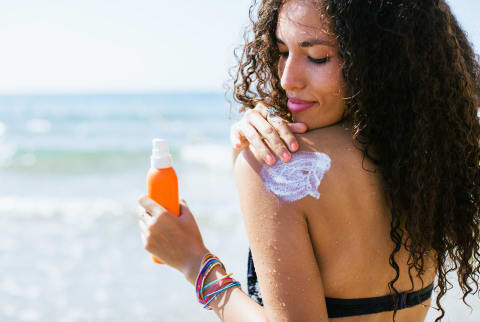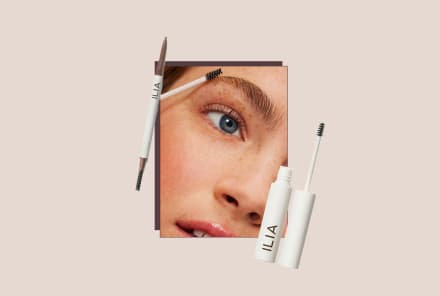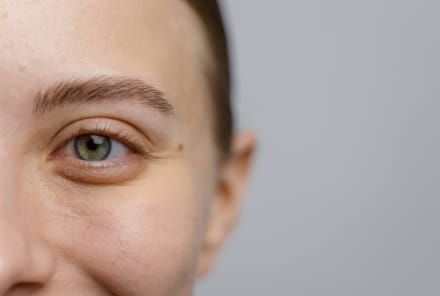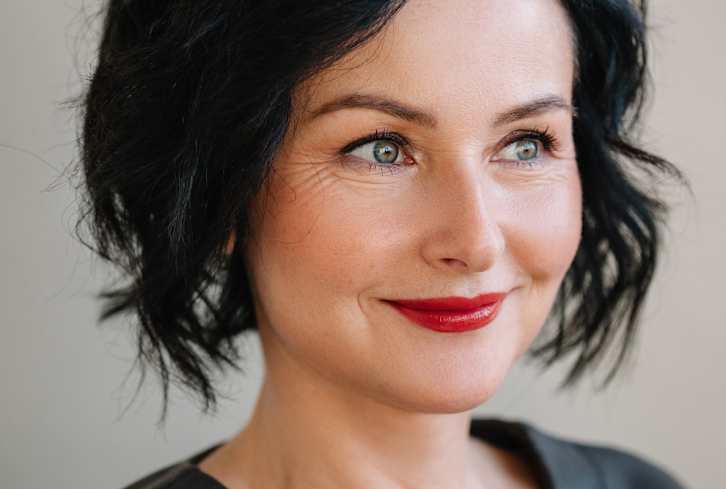Advertisement
Asking For A Friend: Can You Use Last Year's Sunscreen? A Chemist Explains


Say what you will about social media, but it has undoubtedly democratized expert knowledge. I say this as someone who already has access to a rolodex of derms, estheticians, and product developers because of my job—you’d be surprised by how many people I still DM on Instagram with beauty-related queries. It’s like having an expert on call!
Of course, it’s crucial to respect people’s boundaries (whether you’re a journalist or not), but plenty of professionals are more than willing to share their wisdom in a simple message. Ron Robinson is one of those pros.
The cosmetic chemist and founder of BeautyStat has received countless inquiries over DM, so he thought it was high time to share one of his most burning questions (pun very much intended): Can you use last year’s sunscreen? The answer, you’ll see, isn’t so straightforward.
Can you use last year’s sunscreen?
Here’s the thing: Sunscreen eventually expires. Not only does this render them ineffective, but sunscreens are often loaded with emulsifiers, tints, and other ingredients that can certainly spoil—you don't want to be putting those on your skin.
And because SPF is highly regulated by the FDA, it should be stamped with an FDA-approved expiration date. “Sunscreen expiration dates are required by the Food and Drug Administration,” Robinson agrees.
If your bottle doesn’t have an expiration date (or perhaps it rubbed off from wear or sweat), he recommends writing the date of purchase on the bottle yourself. Most sunscreens typically have a shelf-life of around three years, give or take, so keep track of when you purchased and opened your bottle.
So if you bought last year’s sunscreen last year, you should be OK. If it’s a four-year-old bottle, it’s probably time to toss it.
However! Your sunscreen can expire well before its proposed shelf-life if you don’t store it right. “Sunscreen should be stored in a cool, dark place1 to maintain its stability and efficacy,” Robinson explains, as direct sunlight and heat can break down its UV-protective molecules.
Meaning, if you frequently leave your sunscreen in a scorching hot car or outside by the pool, you might have a rancid SPF sooner than you think.
How do you know if your sunscreen has gone bad? Check the texture and color of the goop: Expired sunscreens tend to separate or appear clumpy, or they might have a yellow or brown tinge from oxidation. If your SPF smells at all pungent, that's also a surefire sign it's gone rancid (and probably contaminated with bacteria). You can read more about sunscreen best practices here, including how to store your various bottles.
The takeaway
While proper sun protection is a year-round job, Robinson tends to get more sunscreen-related DMs during the summer. This makes sense, as you likely expose more skin during the warmer months. To review: You can technically use last year’s sunscreen, assuming it hasn’t reached its expiration date and you’ve stored it correctly. But if you have any lingering concerns, you might as well play it safe and purchase a new bottle—here, you can find our favorite options to slather on.



















